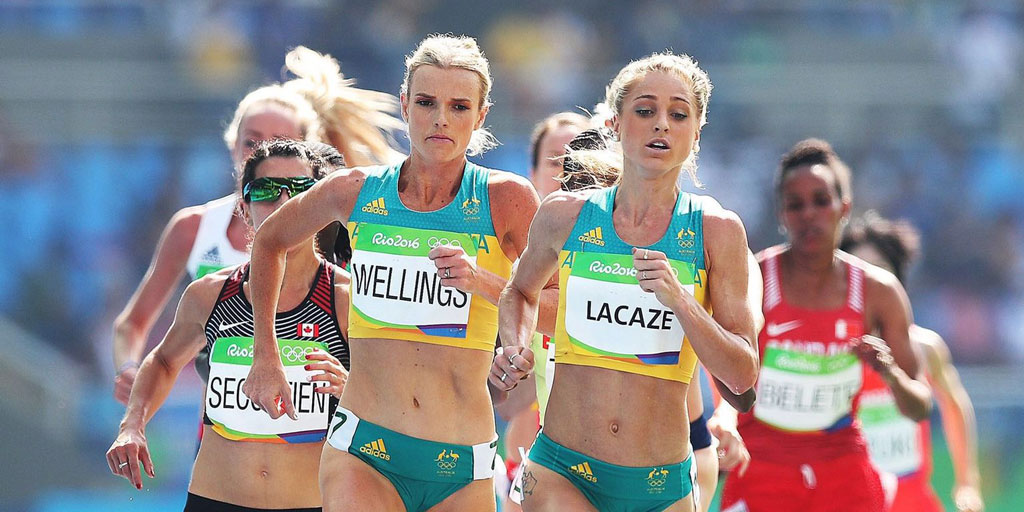Get started with a free trial.
ELOISE WELLINGS SHARES HER OLYMPIC TRAINING ROUTINE
With the 2020 Tokyo Olympics fast approaching, Nutritionist and exercise scientist sat down with two-time Olympic runner, three-time Commonwealth Games athlete, philanthropist and mother-of-two Eloise Wellings on how she manages to balance it all.
WHAT IS A TYPICAL TRAINING DAY? HOW DO YOU SPLIT YOUR FITNESS PROGRAM OVER THE WEEK INCLUDING REST DAYS?
A typical training day for me at the moment starts at about 5.25am when my alarm goes off. I get up, do some light stretches and enjoy a cup of coffee before the day begins. My training normally kicks off with a run around 6am which can be from about 7km to 24km long just depending on what I have on for the rest of the day. I’ll go for another run in the evening and try and squeeze in a (home-based) gym workout in between that. Having a gym at home means I carry out my strength training while being close to my children.
I normally give myself one rest day a week, usually on a Saturday. Apart from splitting my workouts between cardio and strength, in the lead up to the Olympics I aim to run around 140km a week.
WHAT IS THE TYPICAL PRE AND POST WORKOUT MEAL?
For an endurance athlete, complex carbs are key for fuel to provide slow release energy for long hard training runs, not only do they help me sustain a certain level of effort and pace at training but I find that I also recover better after hard training when I’ve focussed on fuelling with carbs beforehand.
For breakfast my go-to is two boiled eggs on sourdough or porridge with honey and banana. For both lunch and dinner, I have fresh, unprocessed foods, with a good balance of carbs and protein, such as chicken sandwich on wholegrain bread, poached chicken on soba noodles and spinach, or a lean cut of steak with some roast sweet potatoes and steamed greens. My go-to snacks are raw almonds, yoghurt, cheese and a piece of fruit.

DO YOU TAKE ANY SUPPLEMENTS?
Even though I have a well-balanced diet throughout the year, I also take two supplements to support my body on a cellular level to make sure my body recovers as quickly as possible in between big training sessions, such as Ubiquinol - the active and readily bioavailable form of CoQ10 which functions as an antioxidant to assist with production, reducing fatigue and inflammation. I also take magnesium to help relax my muscles during training and also assists with muscle fatigue and cramps.
HOW DO YOU BALANCE A TRAINING PROGRAM WITH MUM LIFE / SCHOOL PICK UP ETC?
It’s a lot of early mornings and a few late nights so that I can be home to help with the morning rush and school drop offs. When my husband, Johnny gets home I sneak in an extra training session in the evening and come back to have dinner with my family. My training can be pretty intense in the lead up to the Olympics, so it’s really nice to balance it all out with spending quality time and eating meals together.
WHAT ARE YOUR TIPS FOR STAYING MOTIVATED?
My biggest tip for staying motivated is to prioritise consistency over intensity. There really isn’t any point in smashing out massive two-hour, high-intensity workouts six days a week and then burning out after two weeks because you’re exhausted. Fitness is all about the long game, so take your time finding a routine that works for you and then place your faith in the process.
Filter
Show by